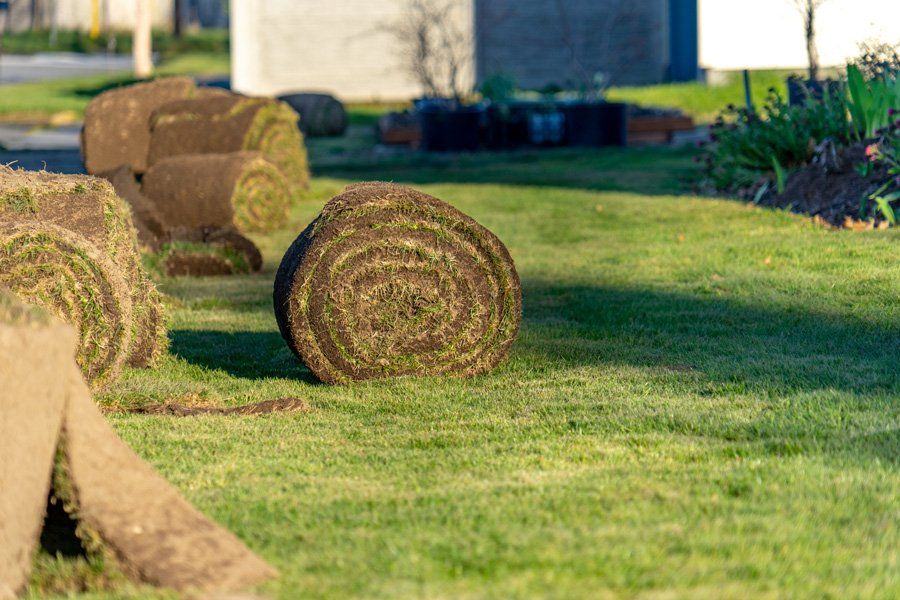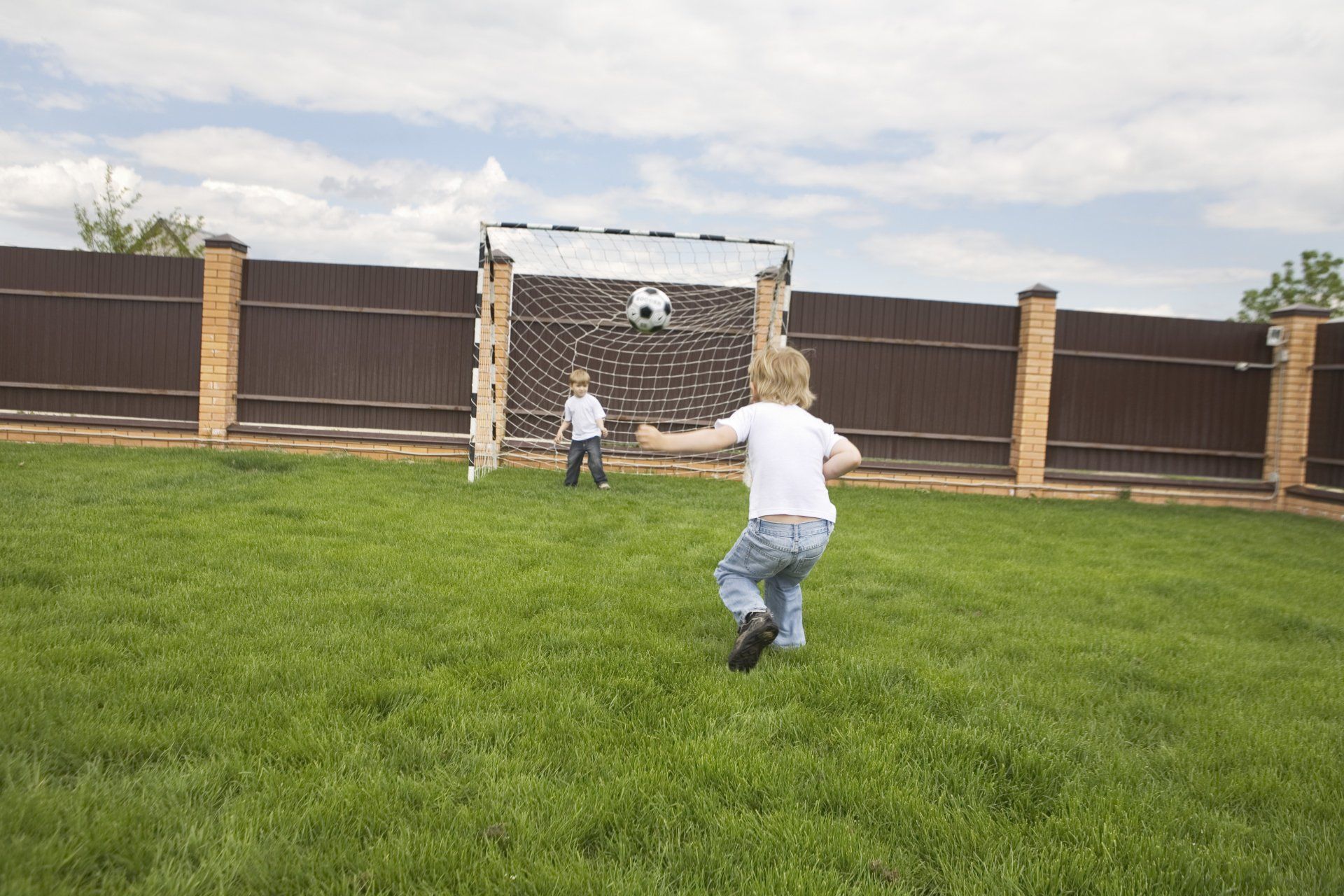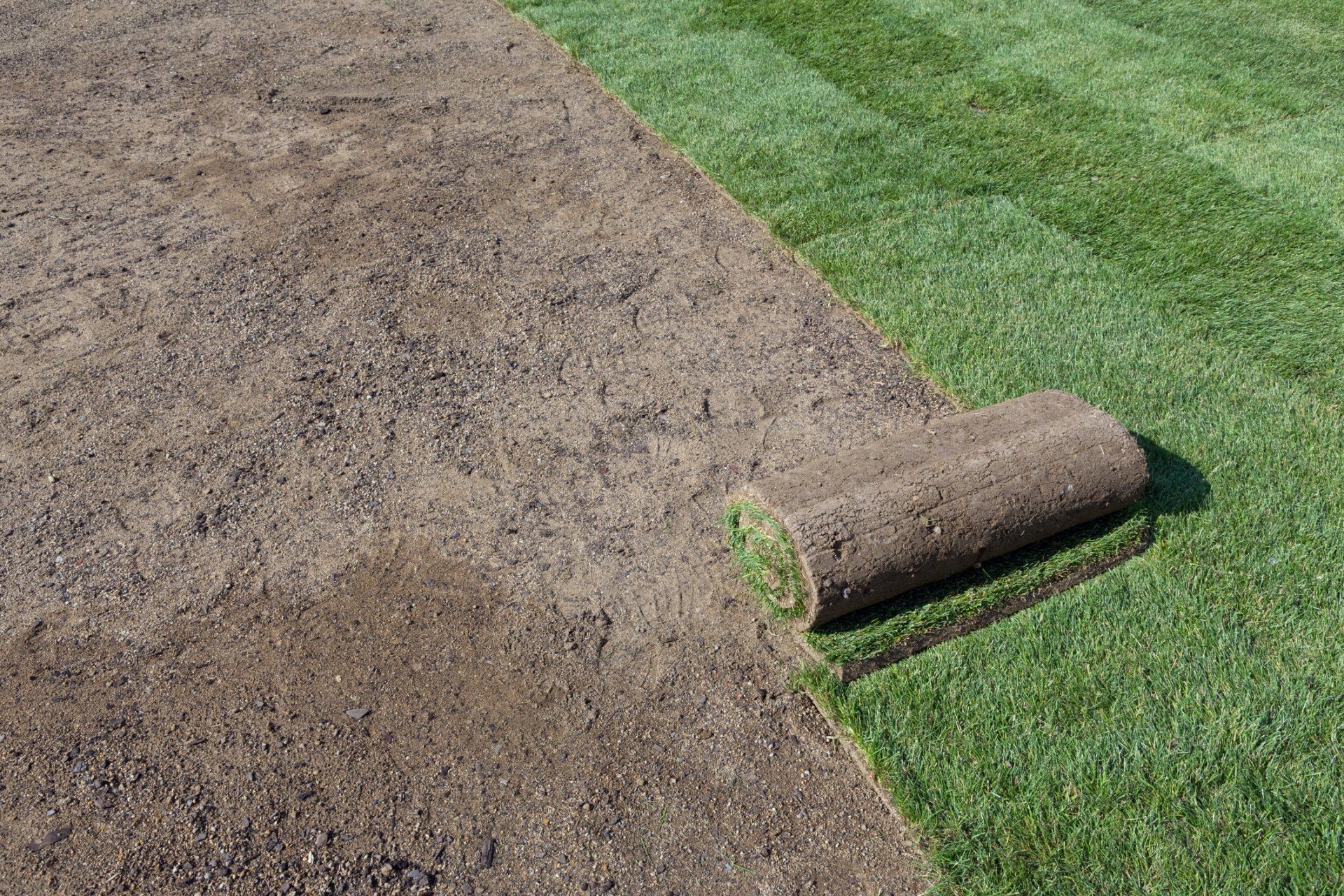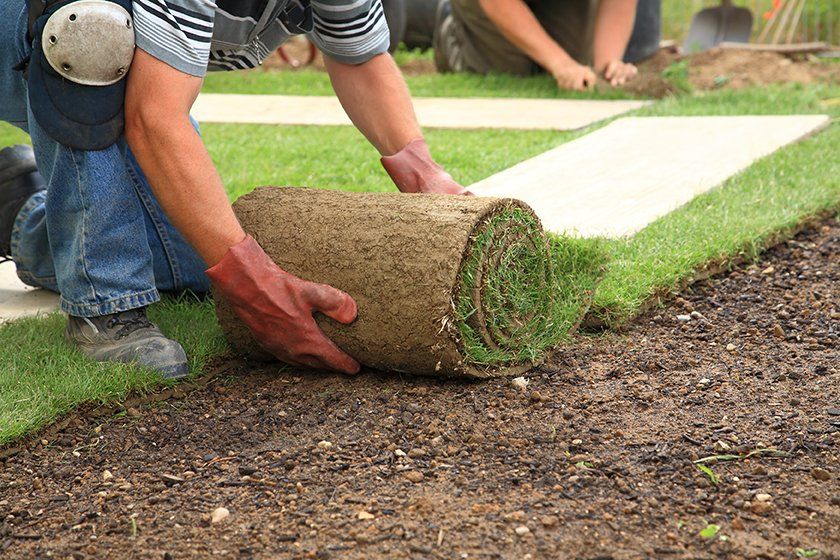WATERING YOUR NEW SOD: HOW, WHEN AND HOW MUCH
- By Admin
- •
- 13 Oct, 2017
- •
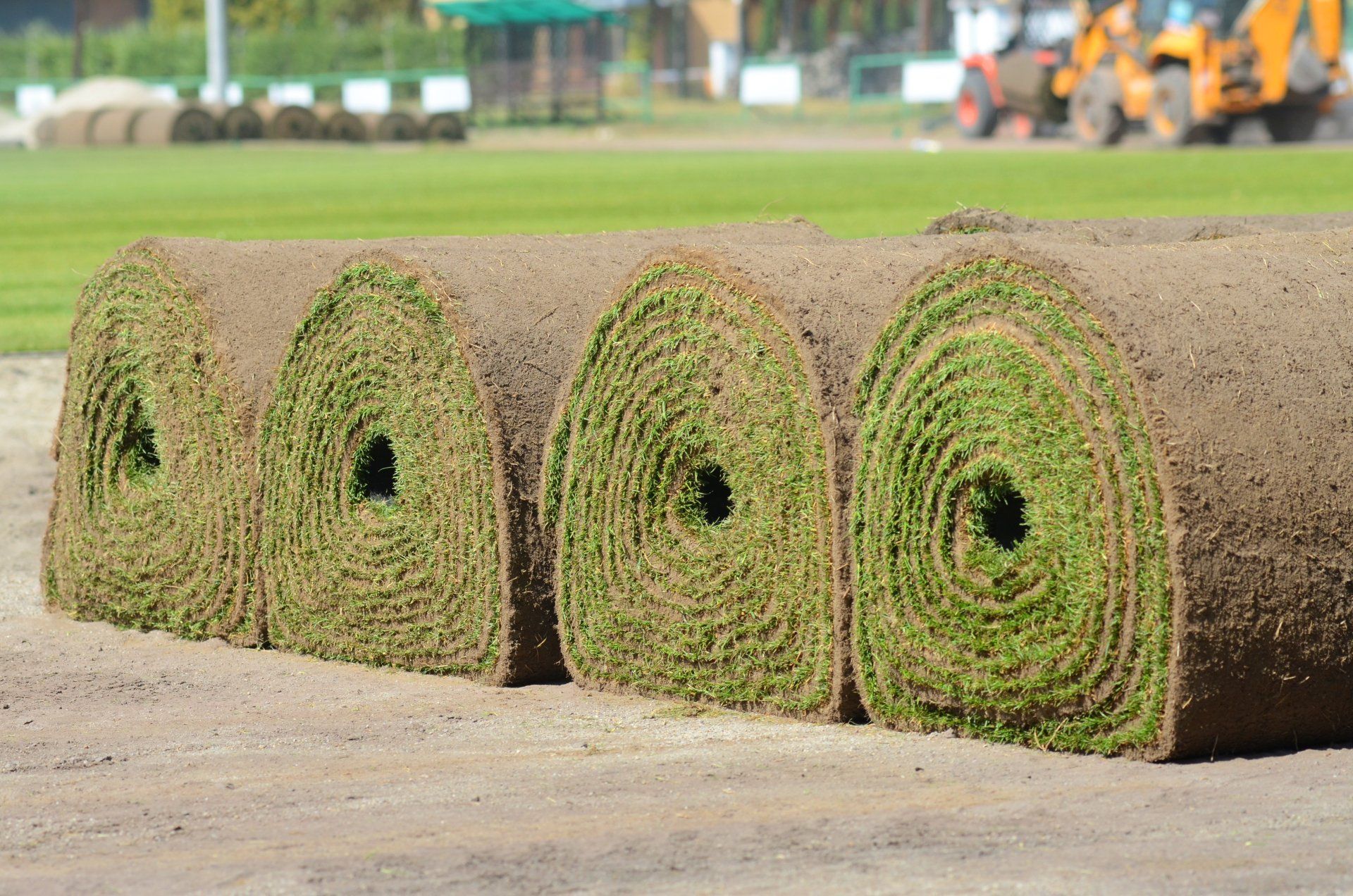
Water is life, even for your garden. But the when, how and how much of water is important. Too little and your sod will die; too much and it will rot or drown. And while most people are afraid they are not watering their lawns enough, more grass dies as a result of too much water.
Watering properly immediately after you install your grass will ensure it gets established properly in the soil. And it impacts how well your garden will flourish. Here are some of the things you should pay attention to as you water your fresh sod.
Watering properly immediately after you install your grass will ensure it gets established properly in the soil. And it impacts how well your garden will flourish. Here are some of the things you should pay attention to as you water your fresh sod.
When to Begin Watering
Water your new sod within half an hour after laying it in your garden. Apply enough water to ensure the soil beneath the turf is sufficiently wet. Gardening experts recommend you ensure at least three inches below the surface is wet. To test this, push a sharp object such as a screwdriver through the turf, and it should come out moist along the first three or four inches.
How Often You Should Water
Water your new sod at least three times a day the first two weeks for at least 15 to 20 minutes in every area of your lawn. That time is, however, dependent on how much water your sprinkler emits. You can irrigate fewer times if the temperatures are not high and it is not sunny. Increase water volumes or the number of times you water during dry, hot or windy days.
During weeks two and three, reduce watering to once or twice a day for approximately double the time you watered in week one. Watering for longer periods encourages roots to hold on to the soil and grow deeper. You know the roots are attaching to the ground when it becomes difficult to pull the sod up from the ground. Do not force it, as you will weaken the roots' stability. You can skip watering for a day if you check the soil and it is still wet.
By the fourth week, you can comfortably water your new lawn once a day every so often. Going three to four days without irrigation should be okay. The lawn will, however, still need consistent watering the first six months. As the roots develop and go deeper into the soil, you will be able to go longer between waterings.
During weeks two and three, reduce watering to once or twice a day for approximately double the time you watered in week one. Watering for longer periods encourages roots to hold on to the soil and grow deeper. You know the roots are attaching to the ground when it becomes difficult to pull the sod up from the ground. Do not force it, as you will weaken the roots' stability. You can skip watering for a day if you check the soil and it is still wet.
By the fourth week, you can comfortably water your new lawn once a day every so often. Going three to four days without irrigation should be okay. The lawn will, however, still need consistent watering the first six months. As the roots develop and go deeper into the soil, you will be able to go longer between waterings.
What Time to Water
The time of day you water your lawn counts if you want to grow healthy grass. You may need to make special arrangements to consistently and appropriately water your sod, especially the first two weeks.
Water in the early morning to take advantage of the start of your grass' growing cycle and in the late evening when there are lower wind speeds. Water evaporates faster as the day gets hotter, so more water is wasted. You should remember to water in the early- or mid-afternoon for the first two weeks to keep the soil wet.
Water in the early morning to take advantage of the start of your grass' growing cycle and in the late evening when there are lower wind speeds. Water evaporates faster as the day gets hotter, so more water is wasted. You should remember to water in the early- or mid-afternoon for the first two weeks to keep the soil wet.
Additional Tips
Be certain that water is reaching all areas on your new lawn. Pay particular attention to edges and corners, which are easy to miss. Do the same for problematic patches in your garden, like areas near a building. To minimize runoff and maximize water use, reduce your watering time and rerun the irrigation cycle after an hour. Releasing less water per cycle ensures it has enough time to penetrate, especially in heavy soil.
When growing your lawn, a lot goes into ensuring that your hard work does not go to waste. Just like a newborn has special needs, your freshly installed sod needs delicate and extraordinary care. Sourcing your sod from professionals and working with experts such as Turf Masters Sod Farm is the best approach to ensure you are doing the right thing.
When growing your lawn, a lot goes into ensuring that your hard work does not go to waste. Just like a newborn has special needs, your freshly installed sod needs delicate and extraordinary care. Sourcing your sod from professionals and working with experts such as Turf Masters Sod Farm is the best approach to ensure you are doing the right thing.
What happens after you install sod in your yard? There are several maintenance tasks you'll have to do. Learn more about them.
You have a lot of decisions to make before you lay a new lawn. An important one is whether to lay down new topsoil. See when you should lay new soil down.
Take care when you add mulch to flower and garden beds. The wrong mulch techniques may harm new sod. Learn about three mulch tips that help protect new sod.
Most new sod problems are fixable, especially when caught during their early stages. Learn about common sod problems, their potential causes, and solutions.





